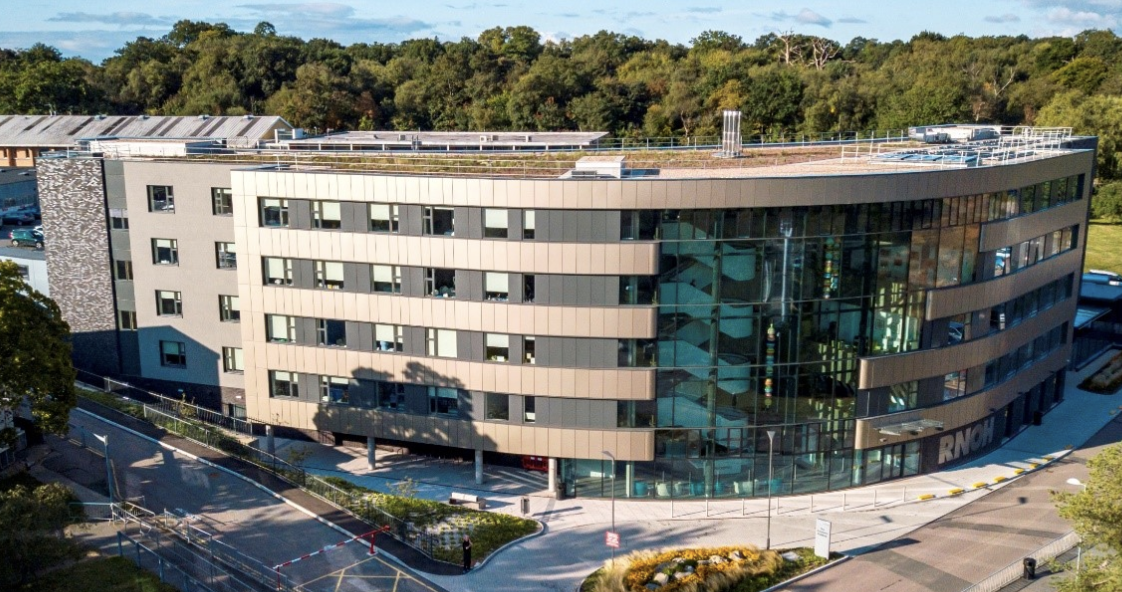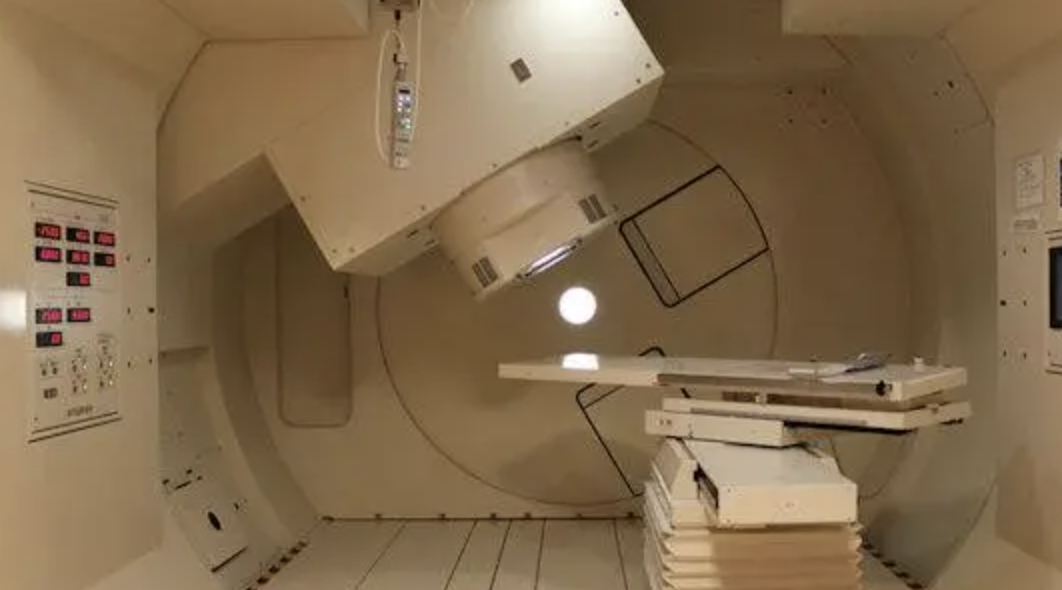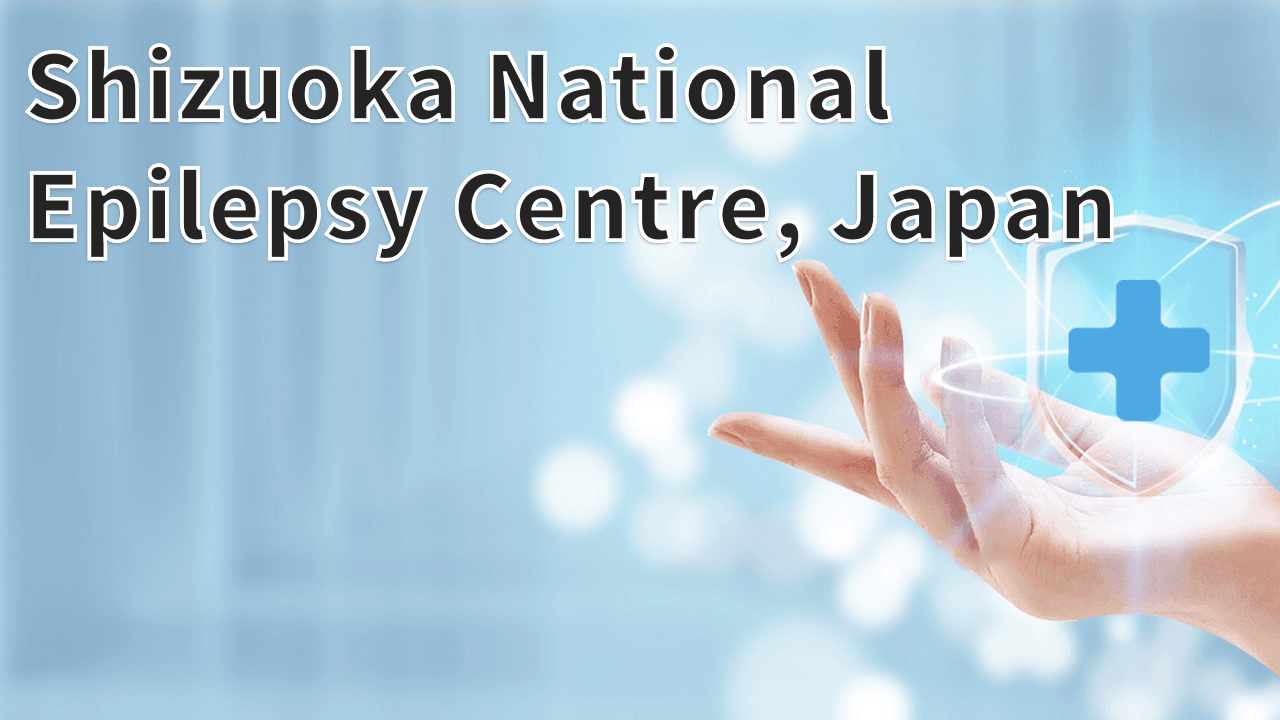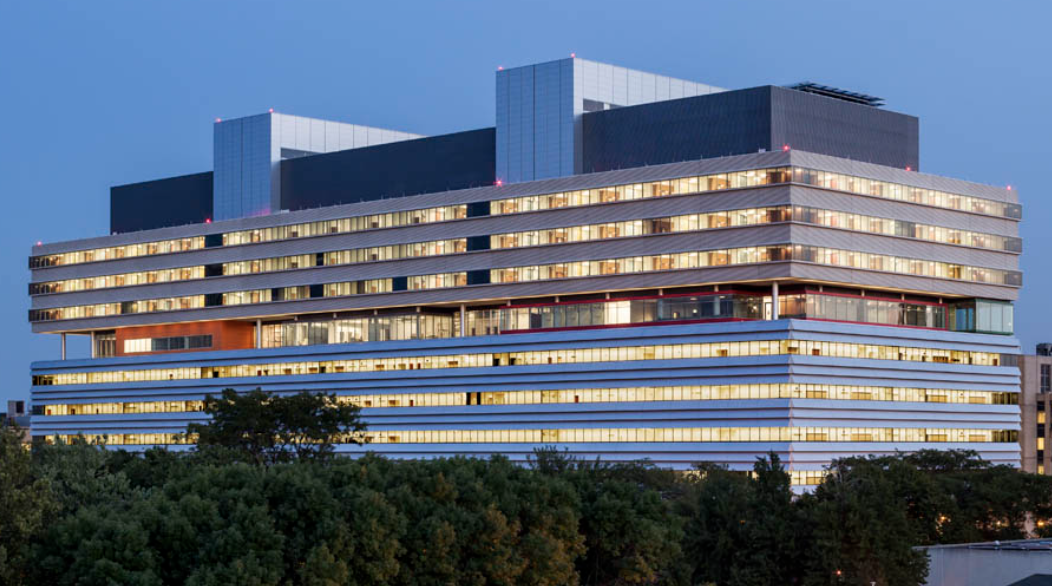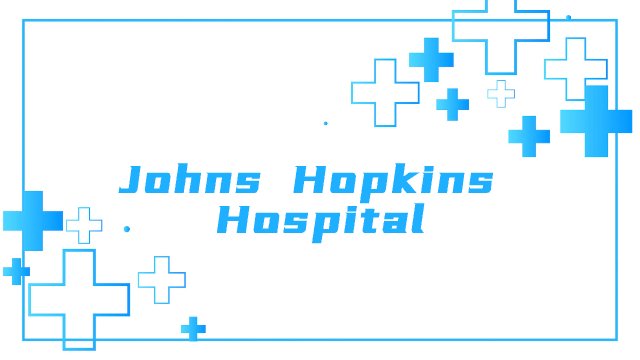Royal National Orthopaedic Hospital (RNOH) Hospital Description
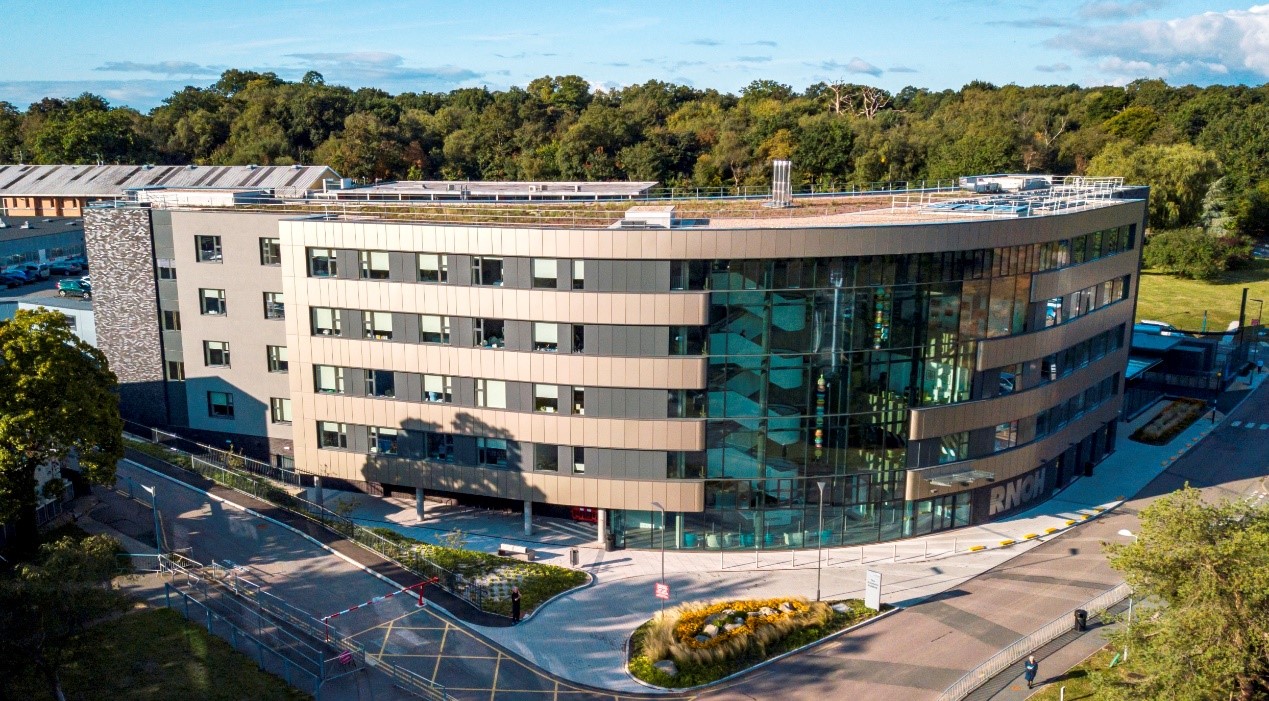
The private patient service at the Royal National Orthopaedic Hospital (RNOH) is a world-renowned major orthopaedic hospital, with orthopaedic surgery at the forefront of the UK and the world. The hospital offers a comprehensive range of neuromusculoskeletal treatments, from acute spinal cord injury or complex bone tumours, to orthopaedic medicine and specialist rehabilitation for chronic back pain - such a wide range of services is unique in the UK's National Health System (NHS).
As an international centre of excellence, RNOH's private patient service treats adult and paediatric patients from all over the world, many of whom are referred by consultants from other hospitals for second opinions, as well as those referred for treatment of complex or rare conditions. Many of the hospital's specialist consultants have experience and skills that are recognised both in the UK and internationally. RNOH consultants are also supported by nurses, therapists and other specialists in various clinical areas related to orthopaedic surgery.
The RNOH plays an important role in teaching, with 20% of UK orthopaedic surgeons training at the RNOH, according to hospital figures. Collaboration with the University College, London in research and development and academia has greatly enhanced the teaching and clinical quality of the RNOH.
The RNOH works closely with other hospitals and trusts to ensure that patients receive the specialist care they need. Patients also have access to the ASPIRE Health and Leisure Centre, located on the campus, which provides quality and comfortable facilities for the able-bodied and those in need of assistance.
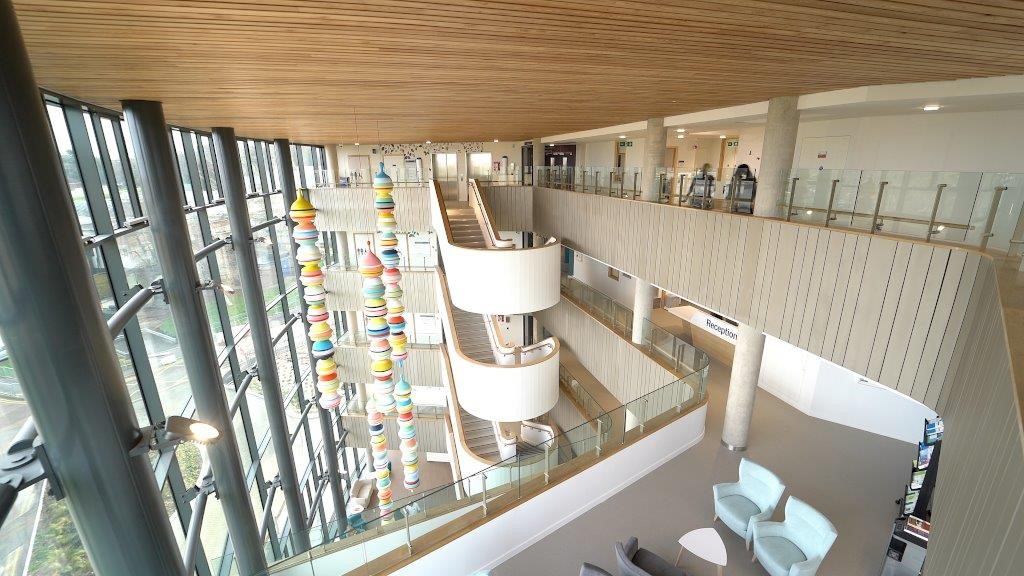
Why choose the private patient service at the Royal National Orthopaedic Hospital (RNOH)?
1, Specialised in orthopaedic treatment: As a specialist hospital, RNOH specialises in neuromusculoskeletal disorders in adults and children. The hospital brings together the best doctors, nurses and other healthcare professionals from the UK, Europe and the world to give patients from all over the world satisfactory clinical results in orthopaedic surgery.
2, State-of-the-art equipment and supportive services: RNOH provides quality treatment 24 hours a day. The hospital's specialist facilities and support services include
A new inpatient ward with state-of-the-art equipment for patients with complex orthopaedic conditions, providing a comfortable environment for post-operative rehabilitation.
A high quality High Dependency Unit (HDU) with experienced medical and nursing staff.
Specialist diagnostic equipment, including imaging, radiotherapy, pathology and laboratory tests
3, Multidisciplinary teams: The multidisciplinary teams (MDTs) at RNOH meet regularly to discuss complex cases for private patients. Team members include surgeons, radiotherapists, microbiologists, physiotherapists and occupational therapists to ensure that patients receive the right treatment advice.
4, Research and innovative projects: RNOH's research is relevant to the needs of patients and focuses on musculoskeletal and neuromusculoskeletal disorders, rehabilitation, peripheral nerve injury repair, sarcoma screening, surgical treatment and more. The hospital has created an excellent research environment through close collaboration with the Institute of Orthopaedic Surgery and Musculoskeletal Sciences (IOMS, an institute of international repute) at University College London, where all research projects have a substantial contribution from clinicians, scientists and patients and are carefully executed by researchers, including
Over 60 active research projects.
Enrolment of over 1000 patients per year.
Increased visibility of treatment outcomes.
5,Comfortable, comprehensive treatment: RNOH Private Patient Services provides quality, round-the-clock medical care and treatment for private patients, whether they are adult or paediatric patients. The hospital offers customised neuro-skeletal muscle treatment for all patients, ensuring that patients are comfortable and have a good experience while receiving treatment.
6,Number of patients served: RNOH receives more than 130,000 outpatient visits and approximately 17,000 inpatient visits per year, making it one of the leading hospitals in Europe.
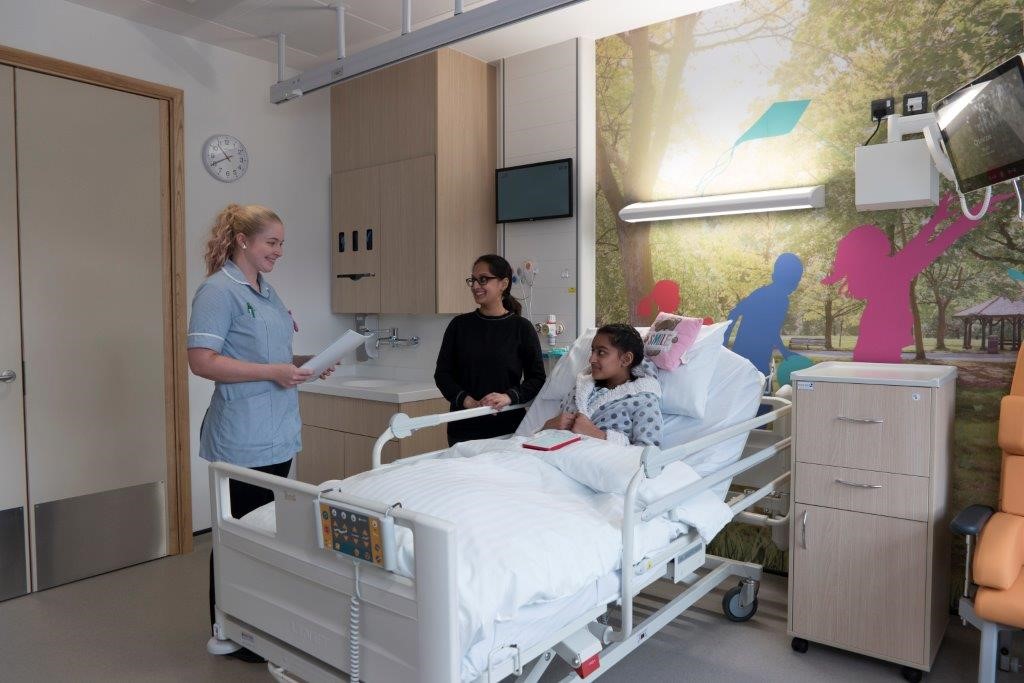
History of the hospital.
1,1905, the hospital was established: RNOH was founded in 1905 as a result of the merger of three specialist orthopaedic hospitals in London, with a long history dating back even to 1838. The hospital has two campuses, the main one in Stanmore and the branch in Bolsover Street in central London.
During the First World War, the RNOH became an emergency hospital for the army, admitting soldiers discharged on disability in early 1918. In 1930, the RNOH became a pioneering hospital for the treatment of poliomyelitis and tuberculosis.
At the beginning of the 20th century, the RNOH was the driving force behind great advances in the treatment of orthopaedic diseases. Advances in scientific research at the hospital allowed for more precise diagnosis, especially in the early stages of the disease. This meant that pain and disability relief was available for patients who could not be cured.

2,1945, Became a postgraduate training hospital: After becoming a postgraduate training hospital, it was suggested that an Institute of Orthopaedic Surgery should be set up and a collaboration with the RNOH established. 1964, Mr Herbert Seddon was knighted for setting up the Institute and prompting the collaboration between the two centres.
3,1948, joining the NHS: The RNOH became an independent teaching hospital in the early days of the NHS and continued to develop in orthopaedic surgery, starting in 1950 with the treatment of scoliosis, back disorders, unequal leg length, hand and peripheral nerve injuries. Training and research in was an important part of the hospital's work and later an exclusive department was set up to provide training and teaching for medical students and nurses from the UK and other countries.
4,1979, Royal visit: His Royal Highness The Prince of Wales used funds raised by the British Racing Drivers Association (BMRDA) to set up a rehabilitation assessment unit at the RNOH in 1979. After several years of research into the treatment of spinal cord injuries, the RNOH created the Spinal Cord Injury Unit and its London Spinal Cord Unit was officially opened by HRH The Princess of Wales in 1984.
5,Today: RNOH is considered a pioneer in centres of excellence for its comprehensive range of neuromusculoskeletal treatments, which range from acute spinal cord injury or complex bone tumours, to specialist rehabilitation in orthopaedic medicine and posterior back pain. One in five surgeons in the UK is trained at RNOH, which continues to lead innovative research through the Institute of Orthopaedic Surgery and Musculoskeletal Sciences (IOMS).
Peripheral Nerve Injury Unit
The Peripheral Nerve Injury Unit at the RNOH is a major referral centre in the UK for highly complex brachial and lumbar plexus nerve repairs, as well as adult and infant nerve grafts. the RNOH provides emergency care for acute trauma and also receives referrals for chronic conditions associated with early injury. The unit also treats nerve tumours of the extremities.
Scope of treatment.
Assessment, repair and non-surgical treatment of adult brachial plexus injuries
Assessment, repair and non-surgical treatment of birth-related brachial plexus injuries (OBPP)
Peripheral nerve injuries of the upper and lower limbs
Nerve tumours
Palliative upper limb surgery for central nerve injuries, e.g. reconstruction of spastic deformities
Lumbosacral plexus nerve injuries
Surgical reconstruction of limb function following peripheral nerve injury
Spinal Surgery
The Spinal Surgical Unit at the RNOH has one of the largest spinal deformity centres in Europe, with patients from all over the world, and is renowned worldwide for the quality of its treatment. And the range of spinal surgery specialists treats a wide range of spinal problems, from simple to complex.
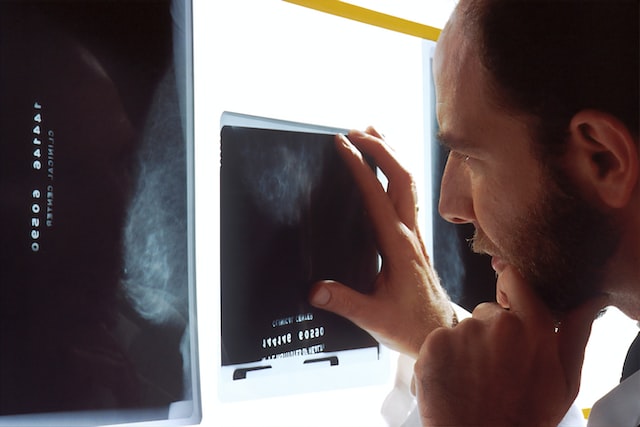
Areas of treatment.
(1) Acute problems.
Metastatic spinal cord compression
Myeloma
Intradural tumours
Referral for spinal cord infection
(2) Non-acute problems
Infantile scoliosis
Juvenile idiopathic scoliosis
Ankylosing spondylitis
Muscular dystrophy
Syndromic scoliosis
Cerebral palsy with spinal deformity


